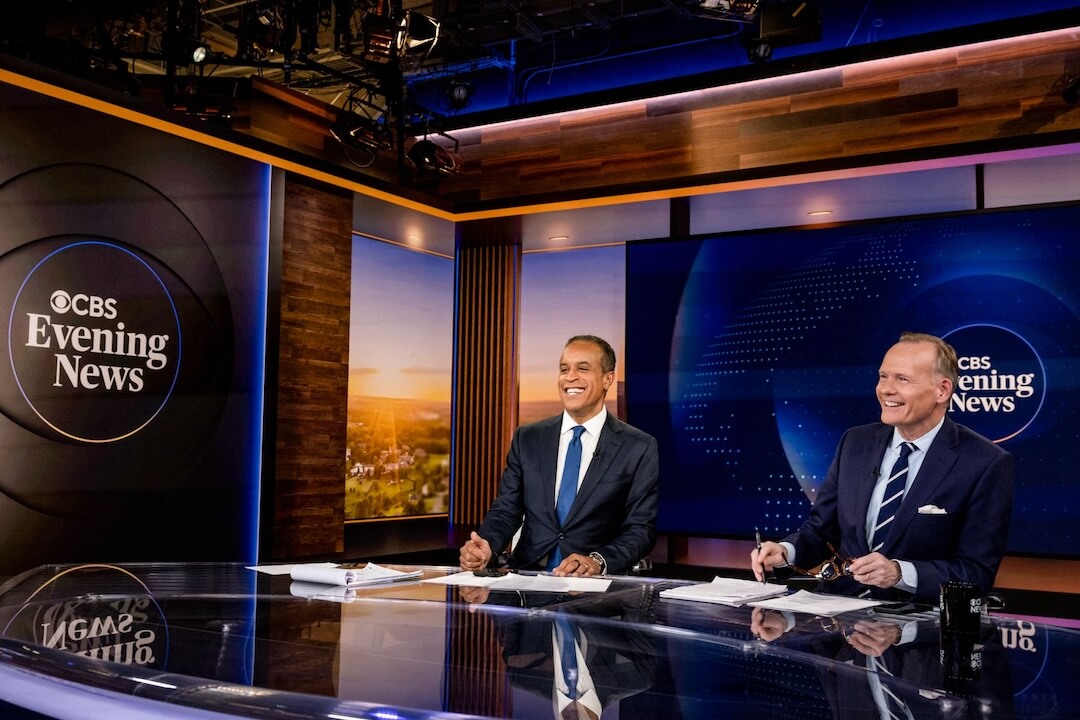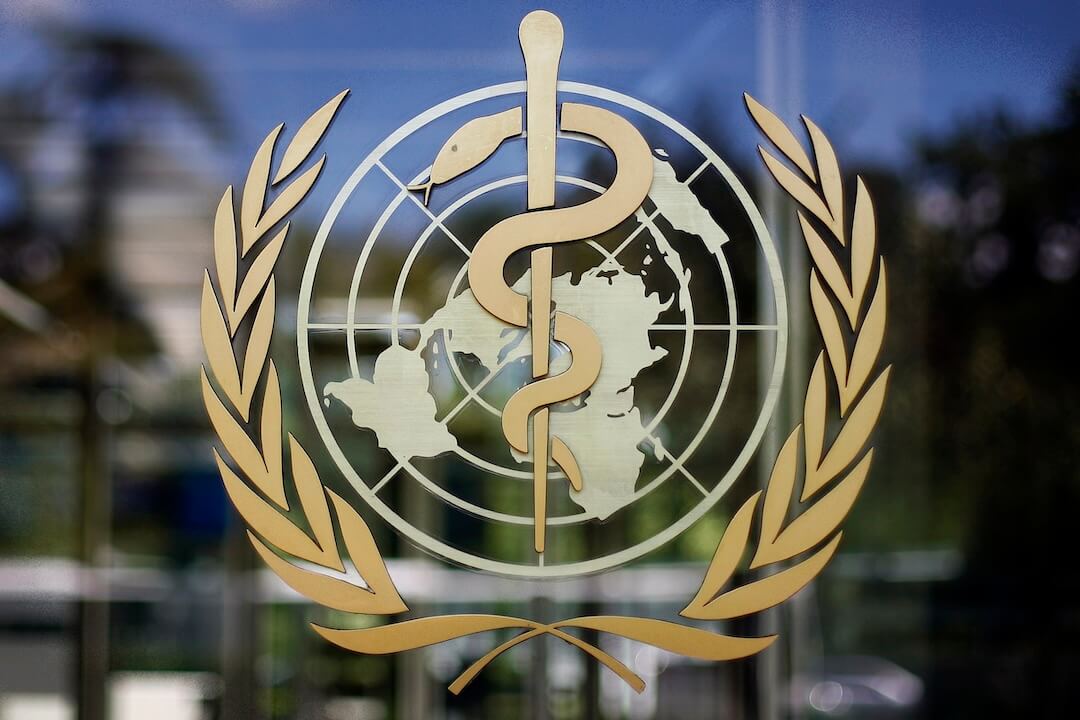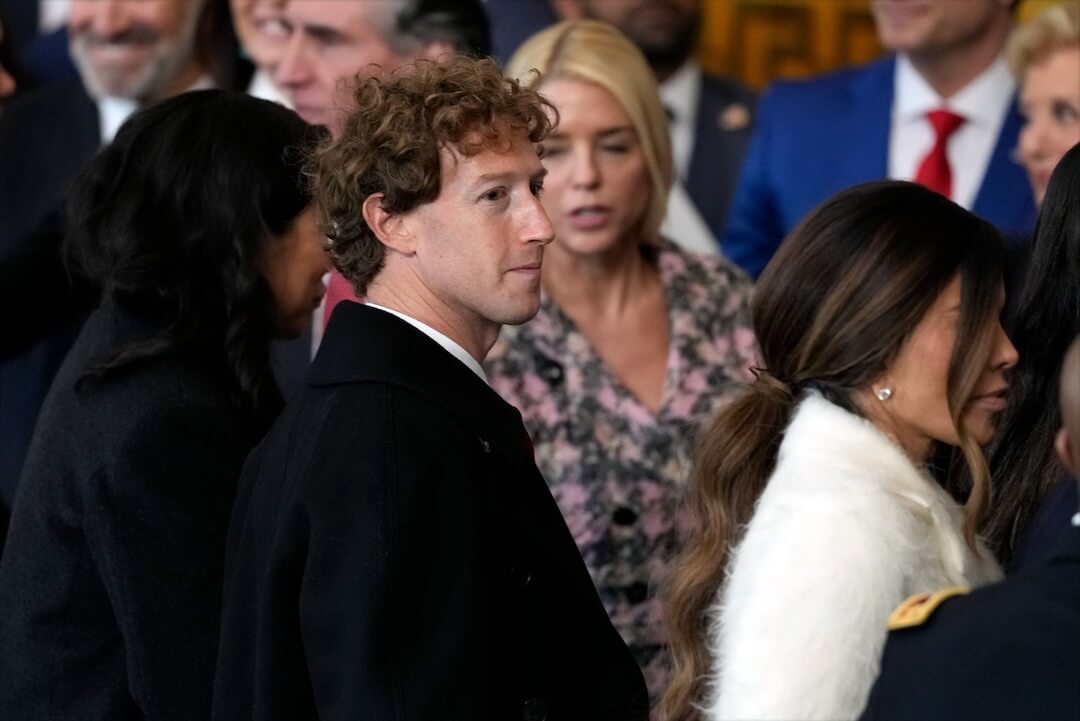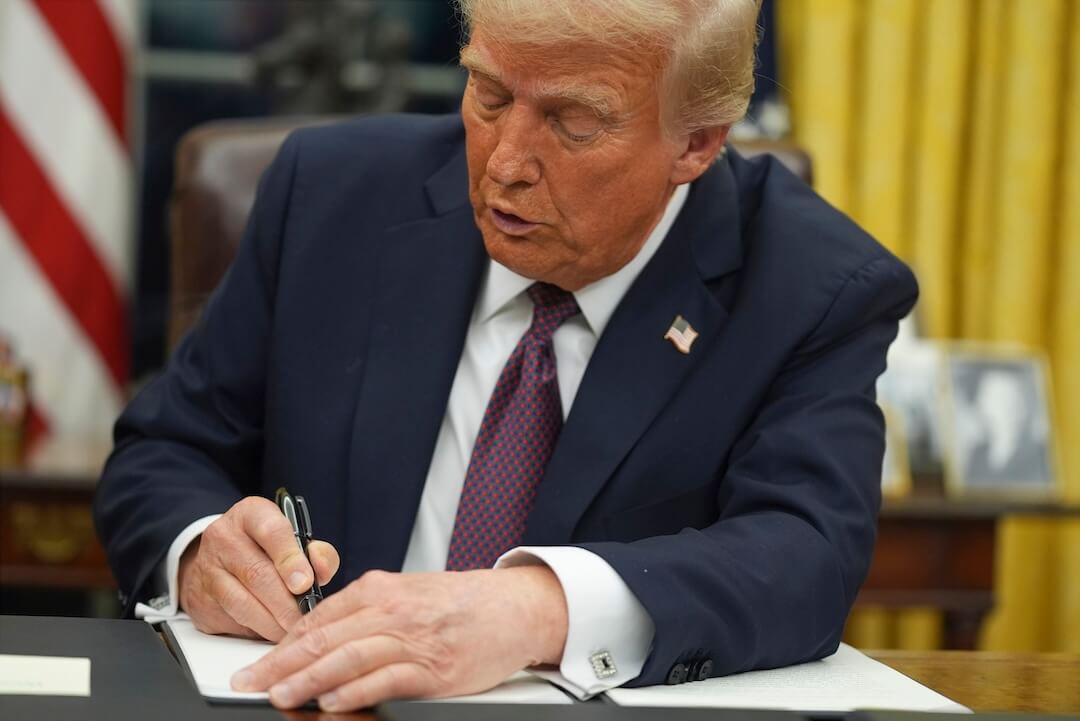My recent Tidbit about Union University and emergency blogs and Amy Gahran’s piece on the culture required for San Diego-based KPBS’ fire response got me thinking. I’m here at the Daytona Beach News-Journal (think Florida hurricanes, tornadoes, fires…) and I began to wonder how we could still be a news organization and do our jobs without an intact physical building. While we have backup files and software and plans that someone has in safe keeping, would we still be able to seamlessly maintain our print or online operations with people and equipment scattered to the winds?
As fellow Tidbits contributor Paul Bradshaw of the U.K. reminded me in a recent e-mail, just look at how news sites collapsed under the demand of 9/11 — and how the distributed network of blogs took up the slack.
So I got to thinking about my little ole user-generated content site MyTopiaCafe.com, which anyone can access and post content to from any browser. This little ole platform might be the key to a developing a distributed news organization disaster plan.
The site’s content management system (CMS) is browser-based, so I can access all the content from any Internet-connected computer. The site is mirrored on several servers across the country, which ensures that no one server can get overloaded. Any person with a computer and an account can post stories, photos or events to the site.
The system maintains the traditional checks and balances of a news organization, even when reporters and editors may be distributed geographically. Staff users are highlighted in the system so that their content does’’t go live until it’s been edited.
This platform is already in place for our communities, ensuring that our residents aren’t scrambling to find out about where to get local information in the event of an emergency.
Bradshaw also suggested that it’s important to distribute coverage on several platforms. Why not a user-generated content site in conjunction with a mobile content delivery strategy? Or we might want to make nice with a radio station, like KPBS. We would get information to our community wherever we — and they — might be.
Sounds like a plan.





